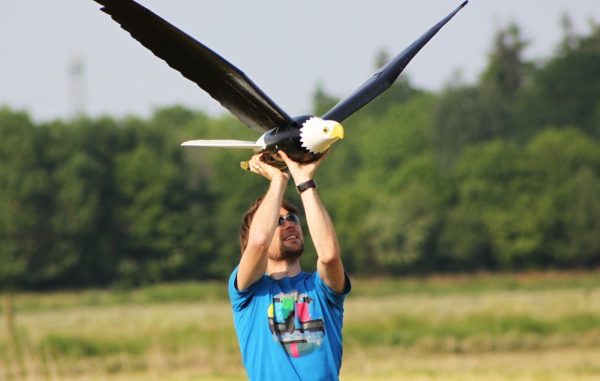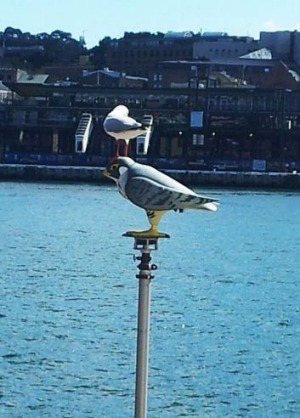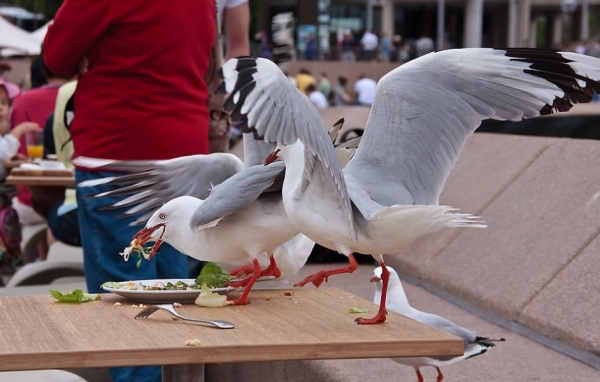
Tourists at the Sydney Opera House have a major problem at the moment: seagulls.
The sea birds are a constant nuisance to diners who are trying to enjoy a lovely meal. The managers of the dining district have tried many methods to rid the seagulls from the area.

BYPASS THE CENSORS
Sign up to get unfiltered news delivered straight to your inbox.
You can unsubscribe any time. By subscribing you agree to our Terms of Use
Latest Video
They finally feel Sydney’s most famous landmark’s dining area will be clear of the tormenting birds with their newest solution: a $6,500.00 giant robot bird of prey.
The Sydney Morning Herald reports:
They are the unwanted dining companions which have Sydney restaurateurs and their patrons in a flap.
So rapacious are the gulls at the Sydney Opera House’s dining precinct, management is trialling different deterrents including a giant mechanical bird of prey they say has a $6500 price tag.
The robo-bird bears a striking resemblance to the $16,000 mechanical falcons installed by Scotland’s Network Rail to scare gulls and pigeons away from Edinburgh’s main train station.
A spokeswoman for the Opera House confirmed a number of different deterrents were being explored, adding that the silver seagull is a native species protected under the National Parks and Wildlife Act so setting baits is not an option.
“Our venue operators and the Opera House have trialled other additional measures on an ad-hoc basis, including kites that resembled owls and an audio deterrent,” the spokeswoman said.
“None, including the mock bird of prey, has proved very effective.”
From the Sydney Fish Market, to Circular Quay, the Opera House and Bondi Beach, Sydney’s seagulls are showing no regard for table manners, brazenly stealing food from plates as diners head outside to eat in the spring sunshine.
Hollywood starlet Hilary Duff discovered just how aggressive the birds can be when she was dive-bombed by seagulls while eating chips and salad outside the Opera House earlier this month.
The Fish Market has also tried a variety of measures to keep the gulls at bay, including $1500 in laser lighting and artificial predatory birds.
“Unfortunately the seagulls become accustomed to these kind of tactics so they are only ever a short-term fix,” a spokeswoman said.
Management has installed signs in multiple languages advising patrons not to feed the birds and garbage bins with spring-loaded lids to prevent scavenging.
“We have been advised that the best way to manage them is to take away the food source but, being a waterfront dining destination and a fish market, completely removing the food source is not an option,” she said. “All we can do is try and limit the birds’ access to food.”
Australian Museum ornithologist Dr Richard Major said seagulls were opportunistic feeders with no scruples about their food source.
“Seagulls are classic scavengers,” he said. “They will congregate wherever there is a food source – it doesn’t matter if it’s a rubbish tip or a fine-dining restaurant. They’re doing very well with people because we tend to leave a lot of food scraps lying around for them.”
As for dissuading them from sharing your meal at an al fresco restaurant, he recommends low-tech tactics.
“Other than removing the food source, the most effective deterrent is waving your hands and shooing them away,” he said.




